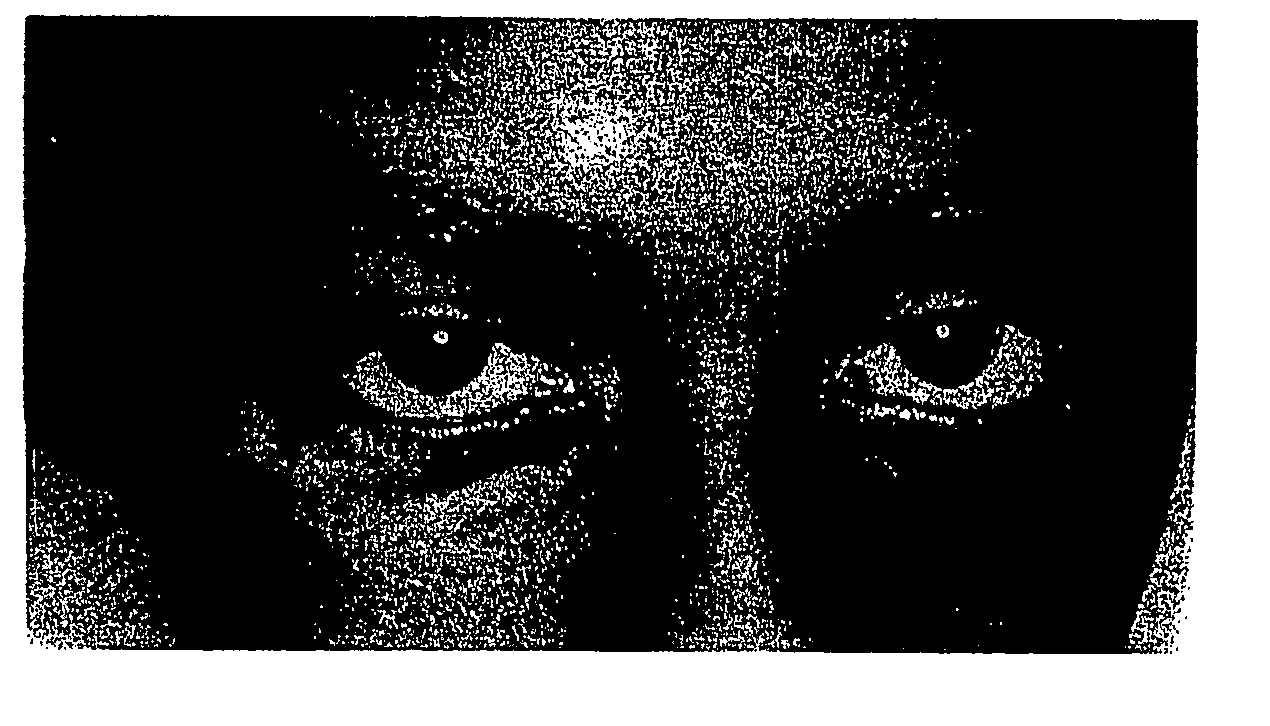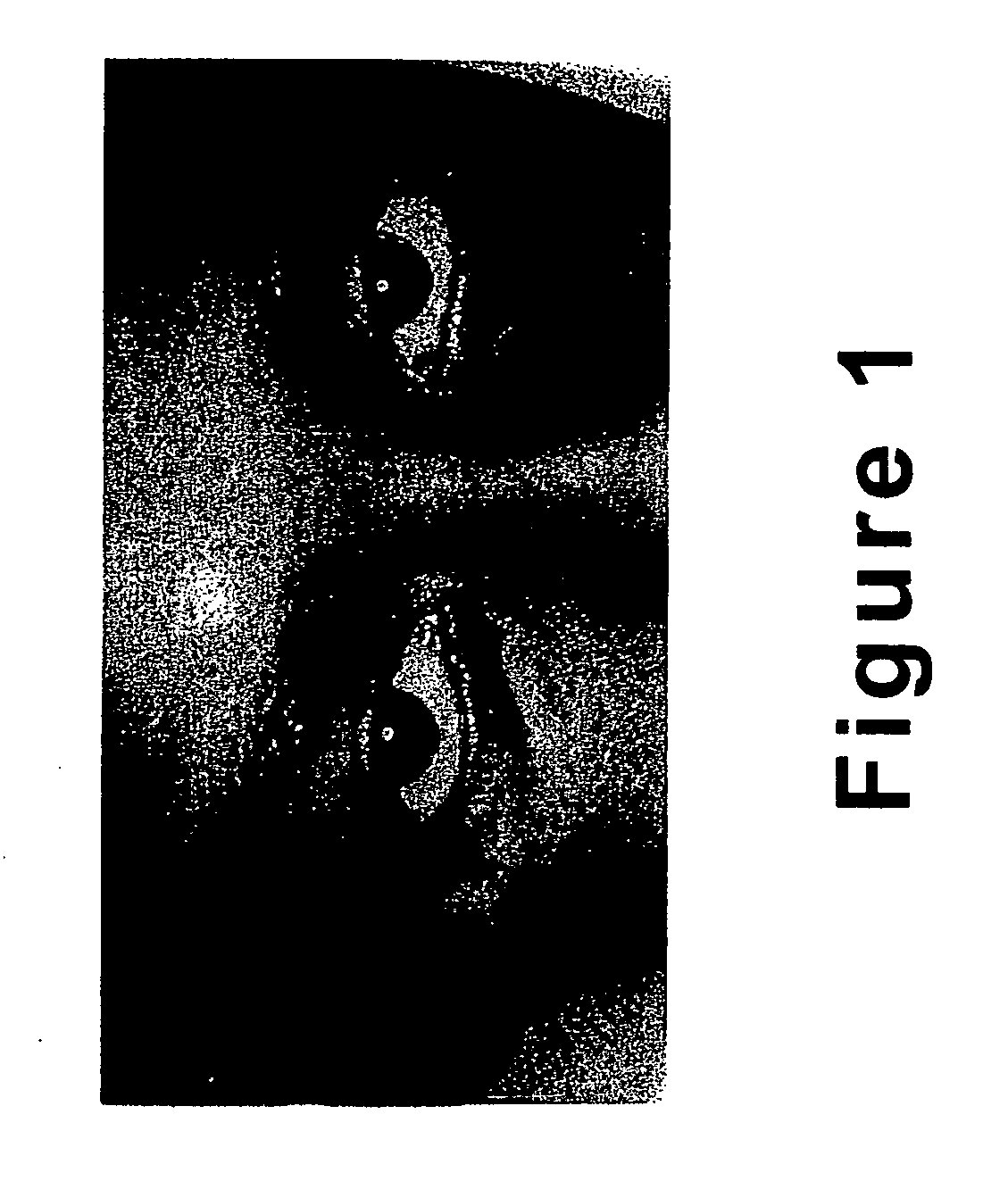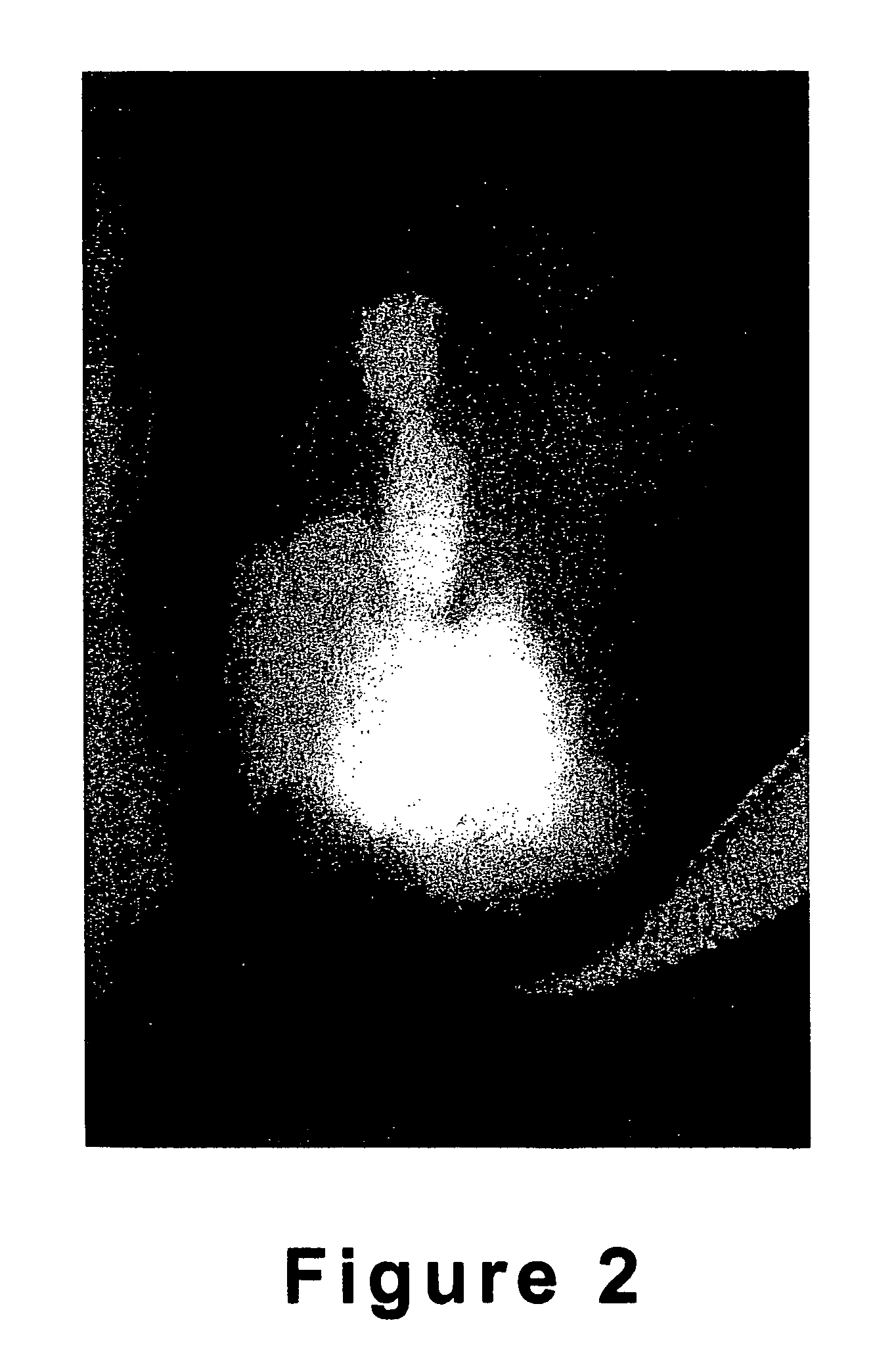Treatment of vitiligo
a technology for vitiligo and vitiligo, applied in the field of vitiligo treatment, can solve the problems of limited value, vitiligo treatment suffers, and the ability of sunscreens to minimize the contrast between normal skin and vitiligo-afflicted areas,
- Summary
- Abstract
- Description
- Claims
- Application Information
AI Technical Summary
Benefits of technology
Problems solved by technology
Method used
Image
Examples
examples
[0031] The following are intended as non-limiting examples of the invention.
[0032] Six men and twelve women with multiple discreet chronic stable patches of vitiligo enrolled in the study. Most patients had received and failed a variety of prior therapies for vitiligo (Table 1). No patient received any additional vitiligo therapy for at least one month prior to and during the study.
[0033] Eighteen patients started the study with a total of twenty-nine treated vitiligo patches. All patients had untreated vitiligo patches that were used as controls. Test areas of vitiligo were treated using a 308-nm xenon chloride excimer laser. A 120-ns, 20-hz, pulse was used with a 10-mm by 10-mm spot size and a power output of 60 mw of laser light. Lesions were treated three times a week for a maximum of 12 treatments. Exposure time was started at 2 seconds and increased by 2 seconds at every other visit until complete repigmentation occurred or until the protocol (12 treatments) was completed. T...
PUM
 Login to View More
Login to View More Abstract
Description
Claims
Application Information
 Login to View More
Login to View More - R&D
- Intellectual Property
- Life Sciences
- Materials
- Tech Scout
- Unparalleled Data Quality
- Higher Quality Content
- 60% Fewer Hallucinations
Browse by: Latest US Patents, China's latest patents, Technical Efficacy Thesaurus, Application Domain, Technology Topic, Popular Technical Reports.
© 2025 PatSnap. All rights reserved.Legal|Privacy policy|Modern Slavery Act Transparency Statement|Sitemap|About US| Contact US: help@patsnap.com



